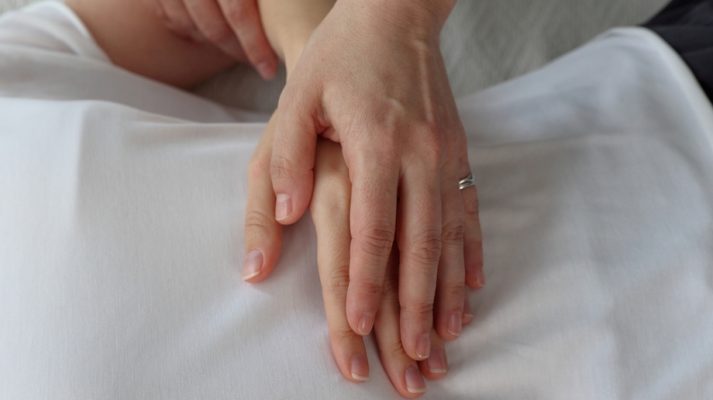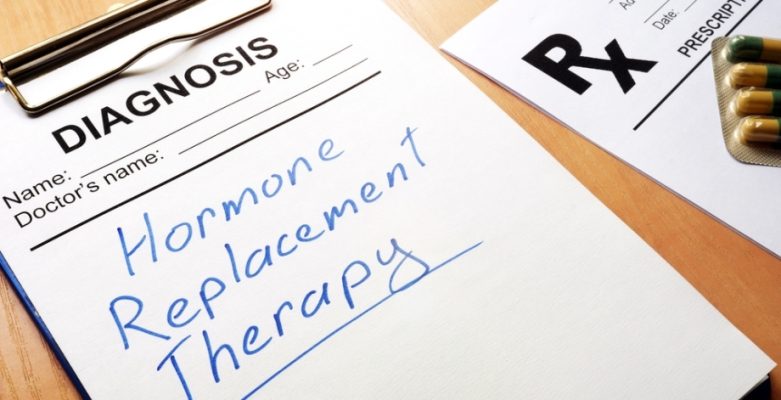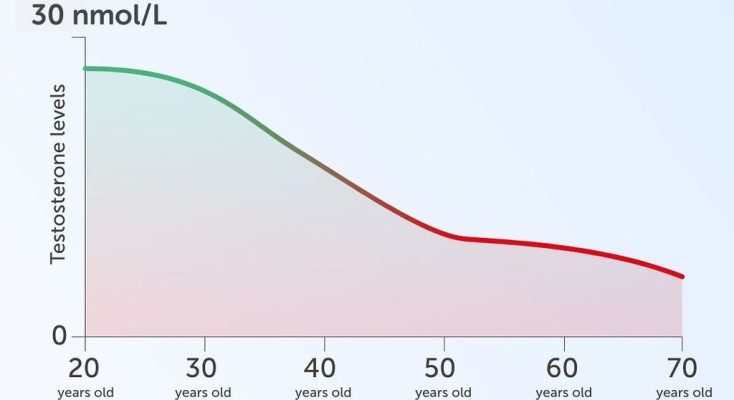
Gender Affirming Hormone Therapy (GAHT) is about using hormones as either a feminizing or masculinizing medical procedure with the goal of helping a person to gain the outward characteristics (secondary sex characteristics) of their gender identity, typically to improve feelings of wellbeing through satisfaction with changes in their outward appearance.

GAHT is also commonly known as Hormone Replacement Therapy (HRT) and sometimes — when used in the applicable context — it’s also called Transgender Hormone Therapy (THT).
Nevertheless, it’s important to realize that GAHT is certainly not only applied for non-binary and transgender people. There are many reasons why GAHT might be used, such as Testosterone Replacement Therapy (TRT) for older men to reduce unwanted sexual consequences of lower testosterone levels (for instance, low libido or erectile dysfunction) or Bioidentical Hormone Replacement Therapy (BHRT) as a treatment designed to help relieve the symptoms of menopause in women.
At any rate, in the context of gender affirmation, the procedure involves to either using testosterone hormones for those who were assigned female at birth (i.e. for transgender men) or using estrogen hormones and testosterone blockers for those who were assigned male at birth (i.e. for transgender women), or to suppress or soften either explicit male or female secondary characteristics, for instance in the case of non-binary individuals.
For transgender women, GAHT stimulates breast formation and growth, reduces male hair pattern growth, diminishes muscle mass, softens the skin, widens and rounds the pelvis, changes fat dissemination, diminishes testicular and penis size and erectile function, among other outcomes.

For transgender men, GAHT stops ovulation and menstruation, increases facial and body hair, cause changes in skin and in fat dissemination, increases muscle mass (and hence weight) and libido, changes sexual organs (atrophy of vaginal tissues and increased clitoral size), increases perspiration, and deepens the voice, among other outcomes.
Some of the physical and/or physiological changes that come about due to GAHT are reversible when stopping the procedure, but others are deemed irreversible. Hence, the need to be absolutely sure before starting with a GAHT treatment.
Depending on applicable laws and medical regulations, the eligibility for GAHT may need a formal assessment of gender dysphoria, although GAHT may likewise be available through an informed consent model. In addition, GAHT may be needed as a lifelong treatment after Gender Affirming Surgery to support the individual’s physical change.

If administered and controlled through qualified medical professionals, GAHT is usually a safe medical treatment. Nevertheless, GAHT self-medication is not uncommon because of a lack of access to a supportive, proficient, and non-discriminatory healthcare environment for transgender, gender non-confirming, or non-binary individuals.
In the latter case, there are certain risks involved. For instance, those who self-medicate are often more likely to experience adverse health effects because of unknown preexisting conditions such as high blood pressure. In addition, some people may use more hormone medication than needed and run risks of problematic kidney and liver function, increased blood sugar, an increased risk of cancer, and/or heart attacks.
Depending on the country and applicable laws, children with gender dysphoria who haven’t yet gone through puberty may be eligible to use certain types of hormones to temporarily pause/block puberty, a procedure that’s known as Puberty Suppressing Hormone Therapy. This is done to allow them more time to explore their gender identity before physical changes occur (after physical changes one would typically need more surgeries to reverse the development) and more time to deciding on more permanent medical interventions such as GAHT or Gender Affirming Surgery.

















